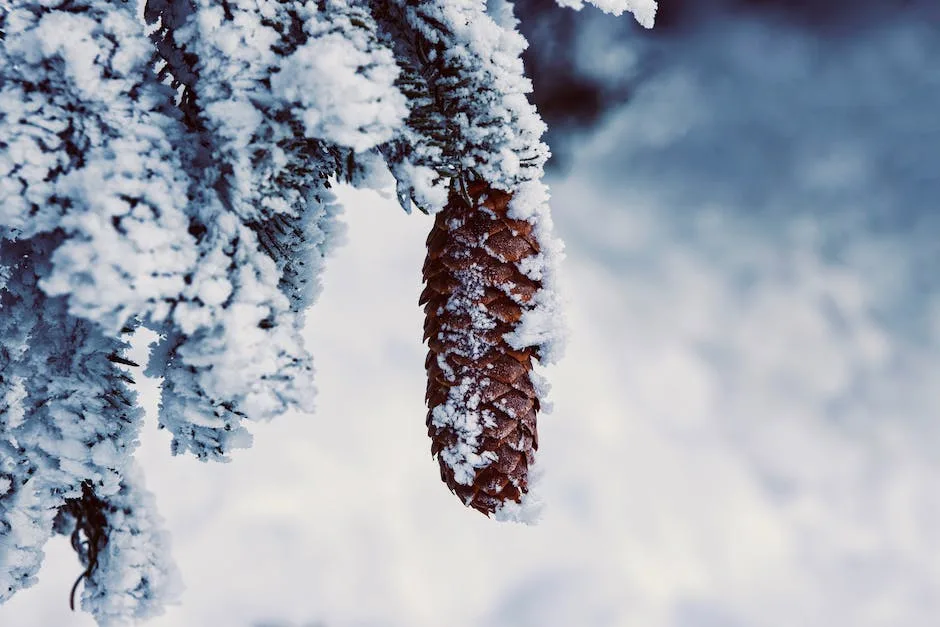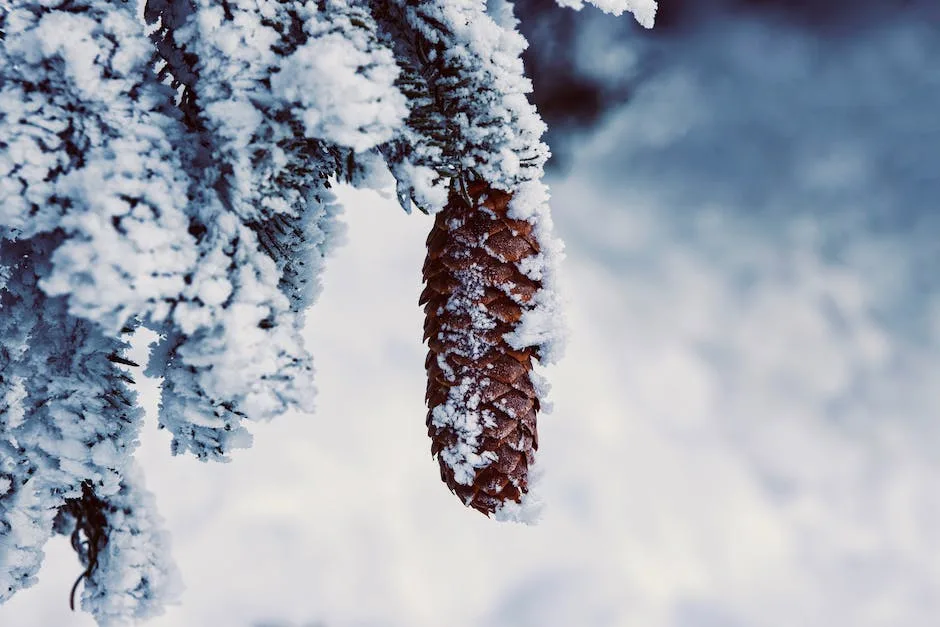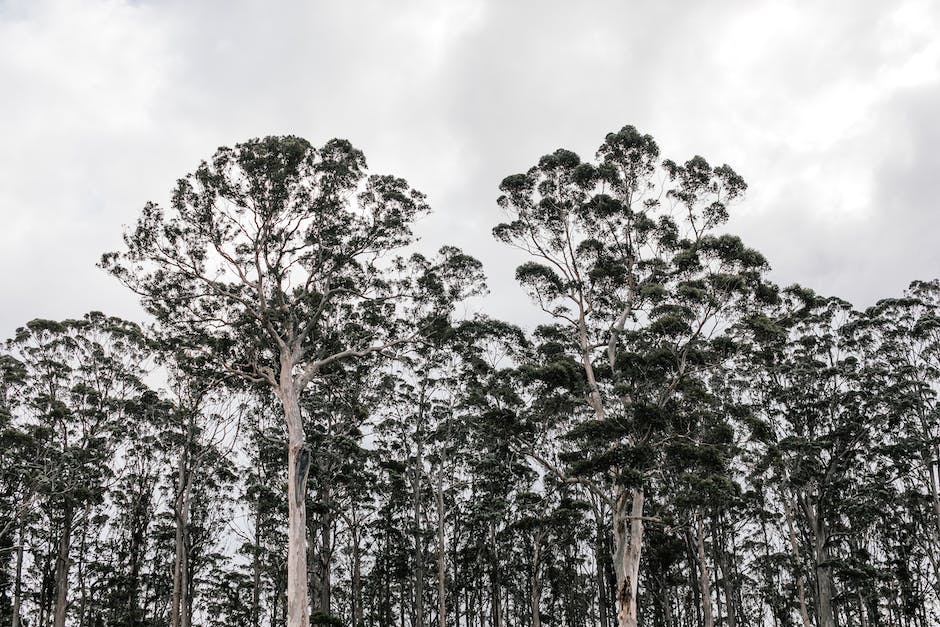Although pine trees are typically associated with cooler climates, they can actually survive in hot weather if they are given the proper care. Pine trees require a lot of water, so they must be watered frequently during hot weather. They also need to be protected from the sun with a layer of mulch. With the right care, pine trees can thrive in hot weather.
Pine trees are resilient and can handle a range of different climates, but they prefer cooler weather. optimally, pine trees should be grown in an area that has average temperatures between 60 and 70 degrees Fahrenheit. that being said, pine trees can still handle hot weather, but they will not thrive in ultra-hot conditions. If you live in an area with very hot weather, it is best to choose a different type of tree to plant.
What climate does a pine tree grow best in?
Pines are a type of conifer that are known for their needle-like leaves and their ability to grow in a wide range of environments. Some pines can survive in extreme conditions, such as deserts or rainforests, but they typically prefer more moderate climates. Pines are found in many parts of the world, but they are most common in the Northern Hemisphere.
Mulch is a layer of material (usually organic) that is spread over the surface of the soil. It can be used for a variety of purposes, including:
-To protect the roots of young plants from extreme temperatures (both hot and cold)
-To prevent soil erosion
-To improve the appearance of the landscape
-To provide a habitat for beneficial insects and other organisms
Can pine tree grow in tropics
This group of certain exotic pines in Latin America includes species that, despite their Temperate Zone origin, are planted in tropical uplands. These species require a temperate climate and can be planted in mountain areas.
Desert pines are a fast-growing tree often found in many arid desert areas of the United States. They perform best in US Department of Agriculture plant hardiness zones 10 through 13 and are well-suited for landscaping, especially when planted in groups. Some desert pines to consider are Mondell or Afghan pine (Pinus eldarica).
Do pine trees grow in sun?
Pine trees are a popular choice for many homeowners due to their beauty and stately presence. However, it’s important to select the right species of pine tree for your particular location and needs. In general, pine trees require full sun and well-irrigated soil in order to thrive and reach their full potential.
There are several different species of pine trees found in abundance in the Atlanta area, including the loblolly pine, shortleaf pine, and slash pine. Each species has its own unique characteristics, so be sure to do your research before selecting the right tree for your home.
The structure and shape of trees develop in response to the local environment. For example, cactus can survive in snow and pine can survive in desert.
Do pine trees absorb heat?
Broadleaf trees are more effective at absorbing heat than coniferous trees, which means that a more diverse forest with both varieties would be more effective at curbing climate change.
Watering your pine trees year-round is important to their health! Spring, summer, and fall are typically when we think to water them most, but don’t forget to give them a drink in the wintertime, too. Extreme heat or wind during the summer can also dry them out, so be sure to check on them then and give them a good soaking if needed.
Can pine trees grow in the Philippines
The Benguet pine and Mindoro pine are two species of pine trees that are native to the Philippines. They can be found in mountainous regions, and they thrive in areas where forest fires have extinguished other native tree species. These trees are important to the ecosystem of the Philippines, and they play a role in the country’s economy.
Pinus tropicalis, as described in 1951 by Pierre Marie Arthur Morelet, is commonly known as tropical pine, or Cuban red pine. It is one of few pines to live in the tropics, hence the species name. It grows to around 30m in height, with a diameter of around 1m. The species is dioecious, with male and female cones on separate trees. The cones are around 10cm long, and 5cm in diameter. The bark is thin and scaly, red-brown in colour. The leaves are needles, arranged in pairs, 5-10cm long. The tree is found in Cuba, Hispaniola, Jamaica and Puerto Rico. It is the national tree of Cuba.
The timber of Pinus tropicalis is valuable, used for construction, furniture and paper manufacture. The resin is also tapped and used commercially. The tree is grown as an ornamental in areas outside of its natural range. It is also a popular bonsai subject.
Do pines like humidity?
Orchids are a beautiful and diverse type of plant that enjoy a humid space and frequent waterings. There are many different types of orchids, and each one has its own unique bloom and beauty. Orchids make a great addition to any home or garden, and with proper care, they can thrive for many years. If you’re thinking about adding an orchid to your home, be sure to do your research so that you can provide the best care possible.
Pines are long lived trees and typically reach ages of 100-1000 years old. The Great Basin bristlecone pine can live up to 4,800 years old, making it one of the oldest living organisms in the world. Pines are an important part of many ecosystems and provide homes for many animals.
Do pine trees need a lot of water
Pine trees are capable of living in a wide range of climates and don’t require a lot of water to survive. In most cases, they get all the moisture they need from rain. However, during dry winters or extreme drought conditions, you may need to water mature pine trees to help them stay healthy.
One of the main reasons that trees cannot survive in deserts is because they do not get enough water. Deserts are incredibly dry and trees require a lot of water to stay alive. Without a consistent water source, trees will eventually die.
Where do pine trees grow the most?
Pine trees are most commonly found in the northern temperate zone, which stretches from the Tropic of Cancer to the Arctic Circle. Inhabiting a huge range of countries in the Northern Hemisphere, pine trees are an integral part of many ecosystems. Along with providing food and shelter for a variety of wildlife, pine trees also play an important role in the carbon cycle and help to regulate the Earth’s climate.
Pine trees are an excellent choice for those looking for an attractive and easy-to-grow tree. They are found in both northern and southern California and come in a wide variety of types, making it easy to find the perfect one for your needs.
Do pines like wet soil
Most evergreens abhor wet “feet.” Yews and junipers demand well-drained soil. So do pines, firs and most spruces.
A para jacaranda tree is a beautiful and easy-to-care-for tree that is perfect for any landscape. It is important to choose a location for your tree that will provide plenty of sunlight, as the tree needs this to grow well. Additionally, the soil should be moist and rich, with good drainage. If you are unsure about the drainage in your chosen location, you can always dig a hole that is about a foot deep to check. Once you have found the perfect spot for your tree, simply plant it and water it regularly. With just a little bit of care, your para jacaranda tree will thrive and provide you with years of enjoyment.
Where do pine trees not grow
Pines are sun-loving trees that mostly grow in the Northern Hemisphere. They require quite a bit of sunlight to grow properly and don’t do well in shady conditions. The Sumatran pine is the only known species to grow near the equator. Pine trees are hardy and can grow in many different types of soil, but they prefer well-drained soil. They generally do well in USDA hardiness zones 4 through 9.
Eldarica pine trees are known for their ability to thrive in dry climates, making them a favorite choice for those who live in the high desert. These trees require minimal care and can handle drought and heat well, making them a low-maintenance option for busy people. If you’re looking for a hardy tree to add to your desert landscape, Eldarica pines are a great option to consider.
Final Words
There are several species of pine trees, and some of them can tolerate hot weather better than others. In general, pine trees prefer cooler climates and may not do well in excessively hot or dry conditions. If you want to grow a pine tree in a hot climate, it is important to choose a variety that is known to be heat-tolerant. Additionally, make sure to provide the tree with plenty of water during periods of drought.
Yes, pine trees can grow in hot weather. Pine trees are coniferous trees that are adapted to grow in colder climates, but they can also grow in hot weather. Pine trees need lots of sunlight and well-drained soil to grow properly.
Jackson Hill is a passionate arborist with years of experience in the field of trees. He developed his fascination with trees at a young age, spending countless hours exploring the forests and climbing trees. Jackson went on to study arboriculture and horticulture at Michigan State University and later earned a degree in forestry from the University of Michigan.
With his extensive knowledge and expertise, Jackson has become a trusted authority on trees and their impact on the environment. His work has helped shape the field of arboriculture and he continues to be a leading voice in the industry.
